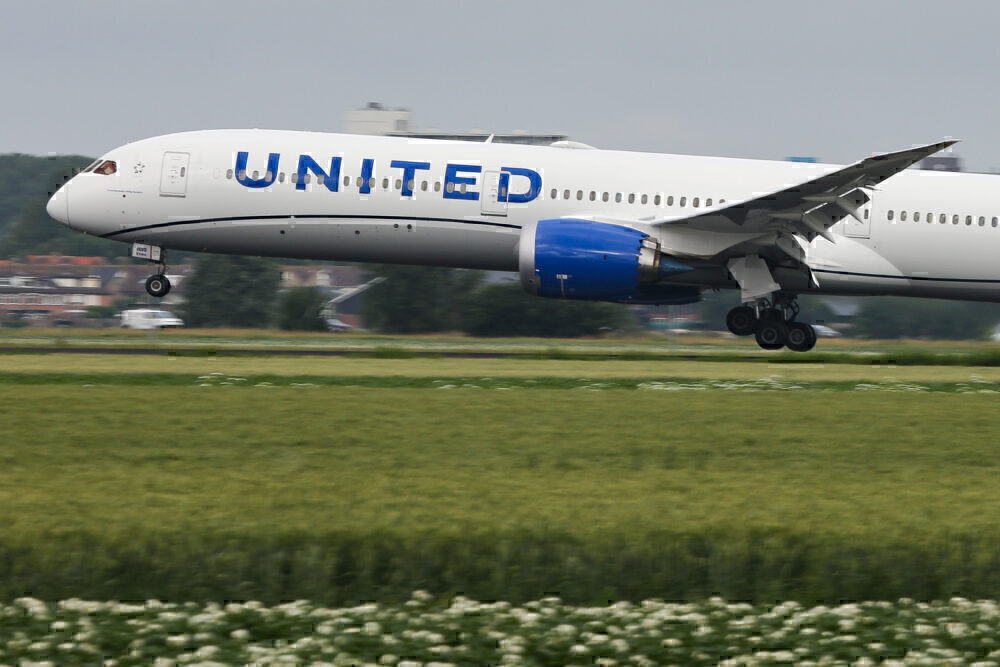Load factor might be a term you’ve heard while discussing the performance of an airline or specific routes. It essentially means what percentage of available seats an airline can sell on its flights. The load factor can be a critical figure for airlines, dictating their success and failure in the market.

Keeping it high
Every airline aims to maximize its load factor, i.e., sell more seats on all of its flights. By carrying more passengers, airlines grow their revenue and eventually reach a breakeven, beyond which they can turn a profit. Each airline’s breakeven load factor depends on their costs and expenditure, with the figure usually being in the 70% region on average.
An analysis from Forbes in March showed that the big US airlines, United, Delta, American, and Southwest, need a load factor between 72.5% (Southwest) and 78.9% (American) in order to not make a loss on their flights. This means when these carriers reach load factors of 90% and beyond, it signals a very profitable month or year.

For budget airlines, like Ryanair, the load factor is absolutely critical. Since the airline offers extremely cheap fares, it’s imperative to fill up the entire plane with passengers to sustain itself. In 2019, the carrier achieved an impressive 96% load factor, which meant only 4% (or 8 seats) were empty across every flight on average.
It should be noted that full-service airlines like Delta and American can get away with slightly lower load factors (but still well above the breakeven mark) thanks to lucrative corporate contracts and business travel.

Route selection
Route planning is an important step for airlines, requiring months or years of research to see if it will be profitable. However, once service begins operating, airlines intently watch the load factor to see if the route is doing well. When deciding whether to cancel a route or increase frequencies and services, the load factor is the main indicator of success.

More recently, airlines have also begun using low load factors as a reason to cancel flights and reduce services. In 2020, United rolled out an automatic software to cancel low-load flights under 30% and find alternatives for passengers. As demand remains low, airlines recorded load factors in the single digits in April 2020 and have still only reached 30-40%, far below the breakeven point.
A sign of recovery
While revenue and load factor aren’t always the same, they are correlated to each other. As airlines recover after 2020, keeping an eye on the load factor signals how many passengers are willing to fly, and who they want to fly with.
It should be noted that airlines with high load factors could also be much smaller, which means the number should be taken with a grain of salt when comparing airlines.

[ad_2]
Source link


